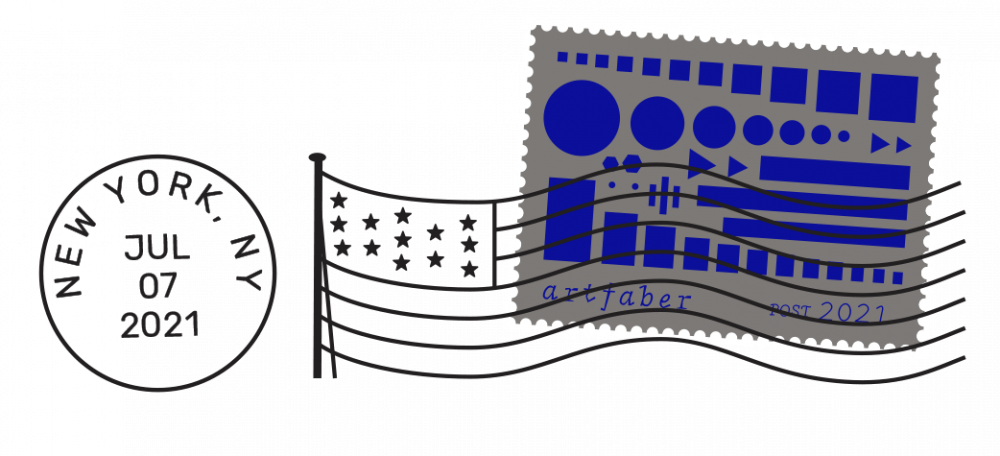ART & ECONOMY
WHEN THE FINE ARTS, LITERATURE, POETRY, PHOTOGRAPHY, FILM, MUSIC, COMICS… NARRATE AND SHAPE THE ECONOMY
Art faber brings together under one unifying term the works of art that represent labor, business, and more broadly, economic worlds.
From Antiquity to the present day, artists — including the most prominent ones — have contributed to this Art faber, bearing witness to its breadth through numerous creations. Yet this “art and economy” heritage remains little known. As Umberto Eco, one of the first to support us, pointed out, Art faber is “too beautiful and powerful to be so little known.”
To this day, this theme of artistic representations of economic worlds has not been fully conceptualized or promoted. That is our project.
WHAT IS ART FABER?
This term encompasses works of art whose primary or secondary theme is work, business, and more broadly, economic life.
Thus, the primary, secondary, and tertiary sectors (agriculture, commerce, industry, and services) are addressed.
They are evoked through landscapes, architecture, economic actors, activities and their crises, as well as services and manufactured products.
Art faber employs all forms of artistic expression, particularly: literature, fine arts, music, poetry, photography, film, comics, and live performance.
Whether laudatory or critical, figurative or abstract, realistic or dystopian, all creations that depict economic worlds have their place in this Art faber promotion project.
WHAT IS THE ORIGIN OF THE TERM “ART FABER”?
With playful irony, philosopher Michel Serres used to say: “With the phrase ‘the arts that represent work, business, and more broadly economic worlds,’ we’ll scare off half the audience and put the other half to sleep!”
And yet, art and management, literature and industry, or cinema and labor do exist.
To overcome this resistance, the term Art faber was coined. It is understandable in many languages and expresses the productive intent of economic worlds. It also refers to the philosophical and anthropological concept of Homo faber, championed by philosopher and Nobel Laureate Henri Bergson, who emphasized its importance in human history.
The term Art faber was officially adopted in 2018 by an international collective of personalities from the artistic and economic worlds, led by Cloé Pitiot, curator at the Centre Pompidou in Paris.
Shortly thereafter, it was publicly introduced on May 1, 2019, during the centenary celebration of the ILO (International Labour Organization of the United Nations) in a ceremony held in Édouard Manet’s studio, a reference point in Art faber, near Saint-Lazare station — an emblem of Art faber.
WHY TAKE AN INTEREST IN ART FABER?
Far from being anecdotal, Art faber can — and must — interest us. Its works have powerful artistic and social impacts.
- Artistic Goals:
Promoting Art faber offers a new lens for interpreting art through the prism of economics, revealing bold aesthetic expressions and new vocabularies, styles, or forms.
Ludwig Meidner, one of the leading figures of Expressionism, wrote in 1912:
“Could the dramatic tension of a well-painted factory chimney not move us more deeply than The Fire in the Borgo or The Battle of Constantine Against Maxentius by Raphael?”
The worlds of Homo faber continue to inspire contemporary creation, offering artists a constantly renewing palette of themes. - Social Goals:
First, Art faber is strategic, as it concerns a fundamental dimension of our lives and civilization. As Henri Bergson wrote in Creative Evolution (1907):
“If we rid ourselves of pride and focus, in defining our species, on what history and prehistory constantly present as characteristic of humanity and intelligence, we would not say Homo sapiens, but Homo faber.”
Art faber works do more than merely depict economic worlds; they shape them — perhaps even more effectively than expert analyses.
These works can influence our behaviors — as consumers, as employees, as economic leaders, and as citizens — by enriching our social imagination. History shows that such creations can lead to new labor laws, shape corporate behavior, and even spark revolutions.
HOW TO CLASSIFY A WORK AS ART FABER?
Some may be surprised to see works classified as Art faber, often retrospectively and sometimes without explicit intent from their creators.
However, this reflects a long-standing tradition in the arts and letters.
As Umberto Eco wrote in The Open Work:
“The artwork is fundamentally an ambiguous message, a plurality of meanings coexisting in a single signifier… Every work of art, even as a finished form in the perfection of its carefully calibrated structure, is open to multiple interpretations without losing its irreducible uniqueness. Enjoying a work of art leads us to interpret it, to perform it, to revive it through an original perspective.”
Therefore, classifying a painting, sculpture, novel, poem, or film as Art faber doesn’t exclude other interpretations.
PROMOTING ART FABER
Our goal is to identify, group, analyze, and enhance the historical and contemporary heritage of Art faber.
This promotion was initiated by an international, apolitical collective of figures from the economic, academic, and artistic spheres, under the invitation of Paris Panthéon-Assas University.
The list of founding members was published in the book Affranchissements: Acting for the Advancement of Art faber.
This program, supported by UNESCO, is organized by the multidisciplinary team of the Lab. Arts, Economies & Law at Paris Panthéon-Assas University, in cooperation with international members.
Promotion of Art faber takes the form of:
- Publication of Anthologies and Thematic works
- Conferences, Teaching programs
- International events
These works are primarily published by Actes Sud, Beaux-Arts Magazine, and Opus Art faber.
The promotion of Art faber was officially launched on 27 July 2021 marking the occasion of an important faberian anniversary...
